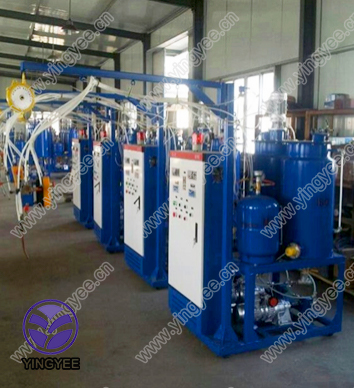
Understanding Coil Slitting Lines A Comprehensive Overview
Coil slitting lines play a crucial role in the metal processing industry, enabling the transformation of large rolls of sheet metal into narrower strips. This process is essential for various applications, catering to diverse sectors, including automotive, construction, and appliance manufacturing.
At the core of a coil slitting line is the uncoiler, which unwinds the master coil, allowing it to be processed. The uncoiler is designed to handle heavy loads with precision and efficiency. Once the coil is unwound, the sheet metal passes through a series of critical components, including a slitting head, where the actual cutting occurs.
The slitting head is equipped with multiple rotary blades that slice the sheet into narrower widths. These blades can be adjusted to meet specific requirements; some lines employ circular blades, while others may use a combination of different blade types for varying applications. The precision of the slitting process is paramount, ensuring that each strip meets stringent thickness and width tolerances.

After slitting, the separated strips need to be recoiled for storage or further processing. This is facilitated by the recoiler, which winds the strips onto new shafts, creating individual coils. Some advanced coil slitting lines incorporate automatic stacking and packaging features, enhancing productivity by minimizing manual intervention.
Safety is a significant concern in coil slitting operations. Adhering to strict safety standards is essential to mitigate risks associated with the heavy machinery involved. Operators are trained to follow safety protocols diligently, including wearing protective gear and understanding emergency procedures.
The efficiency of a coil slitting line can greatly impact overall production rates. Therefore, manufacturers continuously seek innovations to enhance line speed and reduce downtime. The integration of automation and advanced control systems has led to improved operational efficiency and product consistency. Modern slitting lines often feature real-time monitoring and feedback systems, enabling operators to make adjustments on the fly and maintain optimal performance.
In conclusion, coil slitting lines are indispensable in the metal processing industry. They facilitate the conversion of large coils into precise, narrow strips suitable for various applications. With advancements in technology and a focus on safety and efficiency, the future of coil slitting lines looks promising, paving the way for enhanced productivity and quality in metal manufacturing processes. As the industry continues to evolve, staying abreast of innovations and best practices will be critical for manufacturers seeking to maintain a competitive edge.